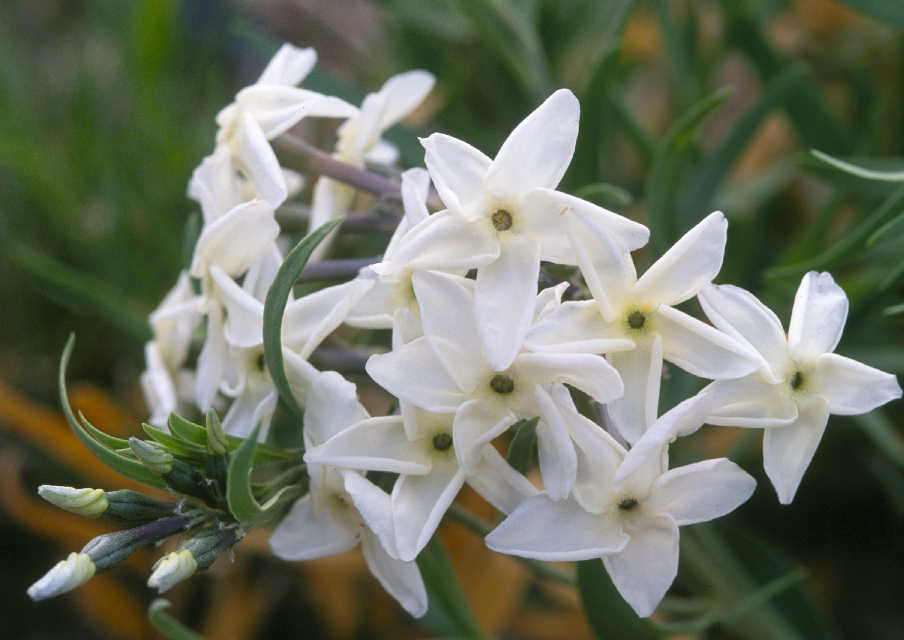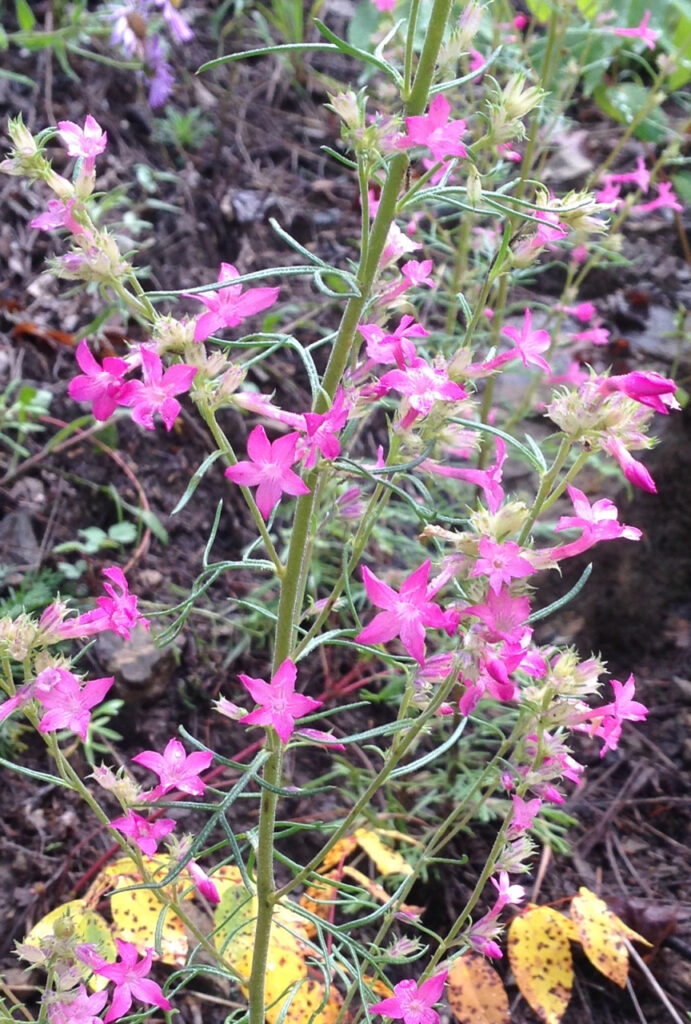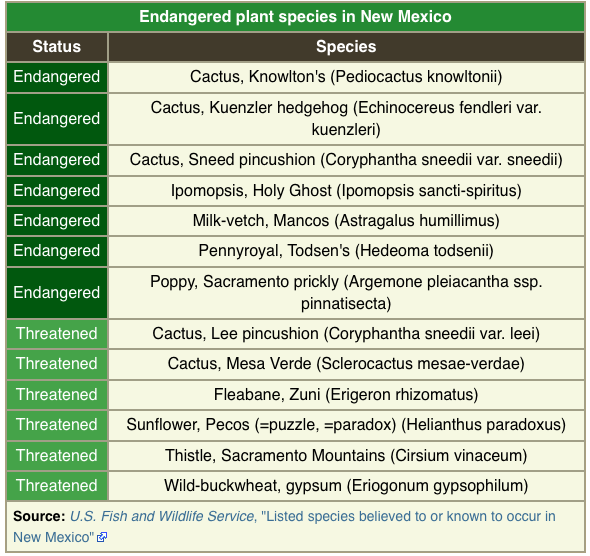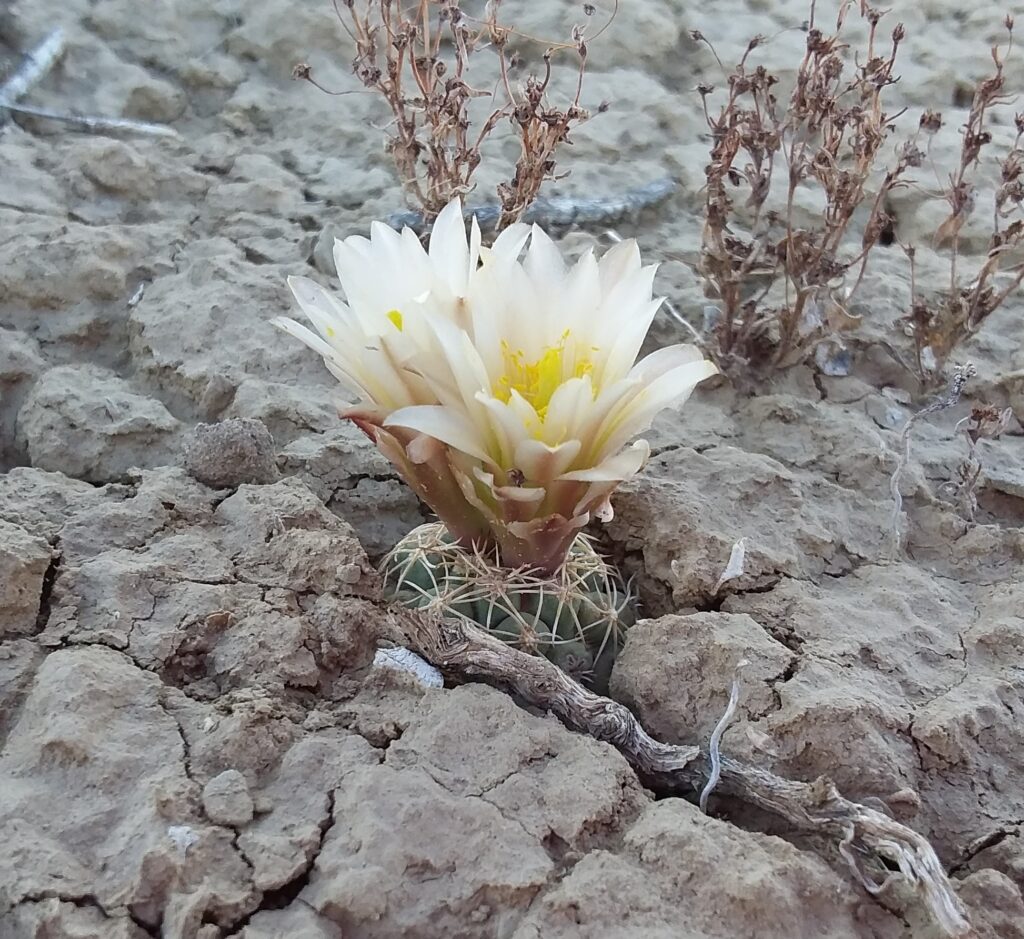Celebrate Endangered Species Every May and All Year 'round!
The Endangered Species Act is one of America’s most effective and important environmental laws. It represents a commitment by the American people to work together to protect and restore those species most at risk of disappearing forever. Recent polling shows 84 percent of Americans support the Endangered Species Act, and 87 percent agree that it is a successful safety net for protecting wildlife, plants, insects, and fish from extinction.
In 1973, Congress showed global leadership by creating the Endangered Species Act. The Act has been successful – no law has been more important in preventing the extinction of wildlife, including bald eagles, gray whales and the peregrine falcon. And many species protected under the law are on the pathway to recovery.
Endangered Species Day is an opportunity each year for people of all ages to celebrate and learn about endangered species at hundreds of public events worldwide. This year, due to the global coronavirus crisis, it wasn’t possible. But that doesn’t mean we can’t do anything to celebrate biological diversity!
- See what's up with the Center for Plant Conservation, a network of botanic gardens and other science and conservation partners that collaboratively works to save the imperiled plants of the United States and Canada.
- Visit the Endangered Species Coalition page here to learn more and see winning pictures from the Endangered Species Youth Art Contest
- Get outdoors in New Mexico or wherever you live, learn the native plants in your area and use the free app iNaturalist to take photos and identify local species. This is a great activity for adults or families who want to get out into nature and learn more about plants and other wildlife, from their backyards to the "boondocks" of their area.
- Learn more about rare, threatened and endangered plant species of New Mexico at the NM Rare Plants Website. This site has information on hundreds of species and the state rare plant conservation strategy. It was recently redesigned and made interactive, thanks in part to a grant from the Jack and Martha Carter Conservation Fund of NPSNM.
- Express support for the Endangered Species Act to our national decision makers, urging them to resist any changes that would weaken it or limit its enforcement.

Amsonia fugatei by Robert Sivinski, from the NM Rare Plants website.

Ipomopsis sancti-spiritus, Santa Fe National Forest

The U.S. Fish and Wildlife Service administers the federal list of endangered terrestrial species in this country.
Endangered plants on the national list outnumber animals by about two and a half to one (not true in New Mexico). Although wild animals are totally dependent on the plants in their habitats, plants on the endangered species list receive a small fraction of the attention, protection and funding devoted to animals. The USFWS is slow to add endangered species to the federal list. Scroll to the bottom of this page to find additional plants in New Mexico listed as endangered by the state.
Read the account below about the Mesa Verde Sclerocactus to get an example of how the combination of "plant blindness," climate change and other factors can lead to unfortunate results for our native plants.

Photo and story by Daniela Roth
The Mesa Verde Cactus (Sclerocactus mesae-verdae) is a federally listed Threatened cactus endemic to the 4 Corners area. It is restricted to growing on Mancos Shale and was once reliably found on Mancos Shale within a designated BLM Area of Critical Environmental Concern (ACEC) north of the town of Waterflow. Populations crashed rangewide in 2002 following an insect outbreak in response to prolonged drought conditions. Unfortunately the species never recovered and is now at the brink of extinction. Plants all but disappeared from long-term monitoring plots and very few plants were found during a 2020 status survey. Recruitment no longer offsets mortality, likely due to impacts related to climate change. Despite protections afforded through the Endangered Species Act and ACEC status, additional threats include off-road vehicle damage, trash dumping, invasive species, target shooting, and illegal collection.
If you would like to learn more about rare and endangered plants of New Mexico check out the NM Rare Plant website at https://nmrareplants.unm.edu/ and the NM Rare Plant Conservation Strategy at http://www.emnrd.state.nm.us/SFD/ForestMgt/NewMexicoRarePlantConservationStategy.html